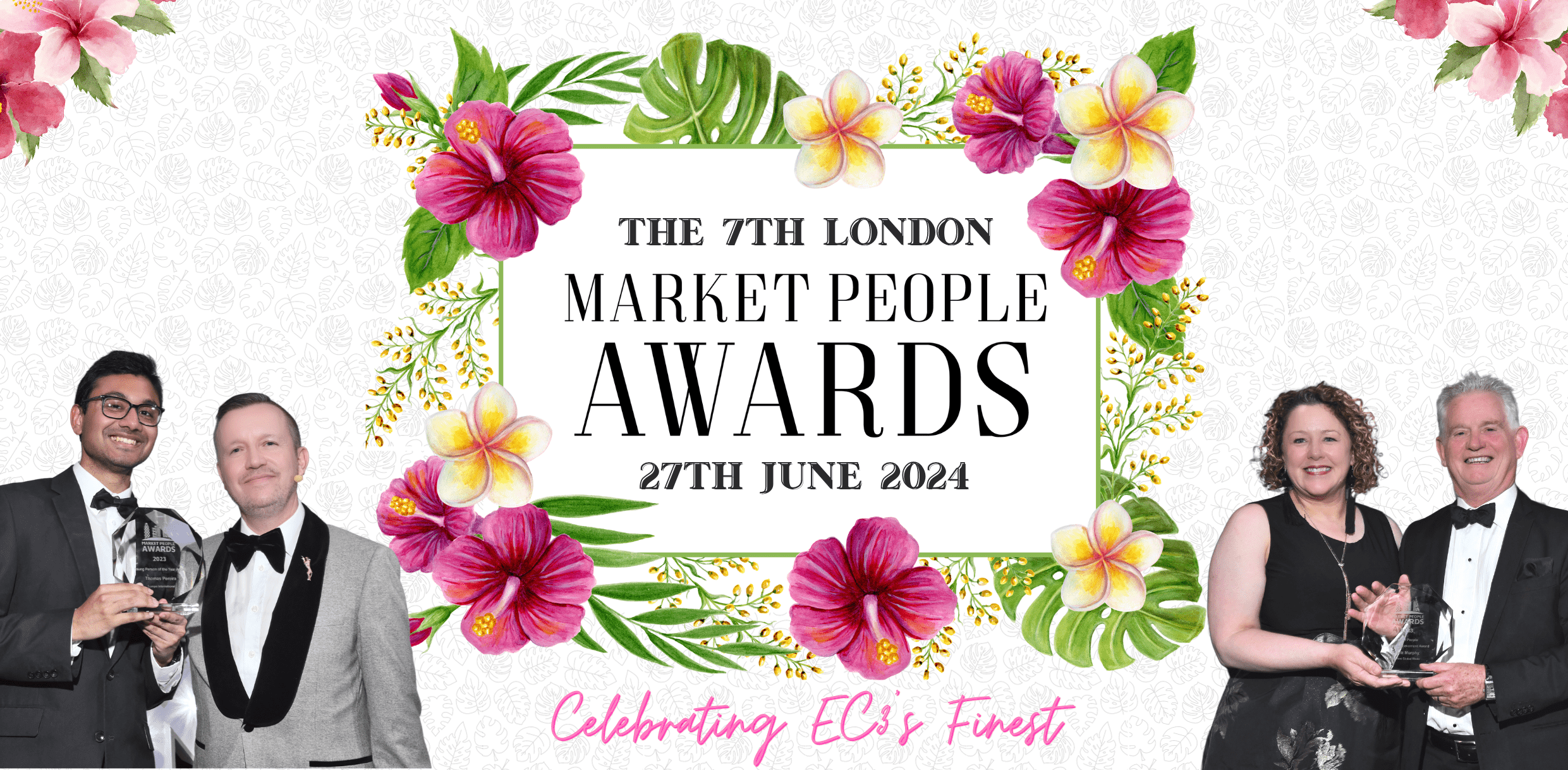Modernisation of the specialty insurance market is coming. Whatever you feel about that, it will become a reality, and each organisation has an opportunity before it. The impact of the pandemic on the way that companies are organised — as well as Lloyd’s Blueprint Two guide—has signalled to everyone that a new way of working is possible; it may well be preferable. Digital transformations are on the horizon.
However, in a sector renowned for its aversion to risk, it’s only natural that companies would choose to be a fast follower rather than the first of their peers to implement these changes, no matter how beneficial the anticipated results may be.
In order to move forward, perhaps the question each board needs to ask of its technology and operations team, isn’t what do you want to change but rather how quickly can you safely change?
Safely being a key word here. We’ve seen too many organisations implement change quickly, only for those changes to become a millstone that constrains agility after a couple of quarters. Building agility into the business requires everyone to work together utilising modern techniques, tools and approaches. This can enable the business to be nimble, react to opportunities and create new products and channels in the market.
So how do you build business agility?
Implementing new technology is only part of the answer, and it isn’t a silver bullet for the business. (FYI, silver bullets simply don’t exist). Creating an agile business is going to require an organisational review. (I hesitate to use the term target operating model as it’s been misused over the years). What’s clear is that an agile mindset needs to be developed across the business, which will require a level of empowerment and understanding of the key drivers for the business, then aligning everyone’s agenda around it.
At Cognizant, we work alongside our clients to embed a culture of agility. Take our longstanding engagement with Centrica, for instance.i

From the start, there was a mutual understanding of the critical importance of partnering with an experienced organisation to help them adapt and evolve to deliver mission-critical systems that were fundamental to their transformation journey. Not a straightforward ask in any regulated business, particularly insurance, so clear guardrails are required to ensure no lines are crossed in this new agile world.
Many organisations have done this, and using an advisor that is experienced in what’s required from an insurance business to navigate these challenges is one way to improve the likelihood of success. This kind of change isn’t easy, and managing the cultural change required to implement this new way of working shouldn’t be underestimated. In fact, resistance to cultural change was cited as one of the key barriers to success in Cognizant’s research on digital transformations.ii
Developing a compelling narrative that clearly articulates the benefits of the new ways of working, the opportunities, potential rewards, etc., is critical in taking the business with you. Royal London Group (RLG) demonstrated exactly this. With a clear narrative and willingness to adapt, RLG partnered with Cognizant to drive the digital transformation of their customer experience (CX). We implemented agile practices and collaborated with RLG to successfully manage skills, innovation, and operational processes to drive future value for customers and the business.iii
Underpinning the new way of working should be an agile technical organisation. The agile manifesto was written in a ski lodge in Utah in 2001 and focused on four key principles:
- Individuals and interactions over processes and tools
- Working software over comprehensive documentation
- Customer collaboration over contract negotiation
- Responding to change over following a plan
Frankly, the last two points scare the pants off most procurement people and has made the implementation of agile a challenge. We now have very smart tool sets that allow teams to compile, test and secure software incredibly efficiently, making change seamless. When was the last time you noticed the upgrade of your apps on your personal laptop or phone? (You will note I didn’t include your work laptop!)

However, implementing those tools and getting them to function requires modern solutions, built on cloud-native platforms with empowered teams working collaboratively with partners and business product owners.
So, there are few further challenges to meet.
How do we move to a modern technology stack? What is an appropriate modern technology stack? What do we do with the legacy technology with historical data key to the ongoing business? How do we develop the capability in these modern techniques, tools and technologies? Again, this is a challenge that many firms have faced. Using an advisor or a technology partner that’s got a proven capability and deep experience in this area would be something we’d advise.
The English Football Association (The FA) is a perfect example of a modernised business transforming its digital backbone. Cognizant collaborated with The FA to bring data-driven insights, capabilities, and platforms into their digital products and solutions. The goal was to increase the reach of football and optimise the connection between different parts of the game across England. To do this, legacy systems must be replaced with more agile and flexible microservice-based platforms. We adopted a digital-first approach to deliver an engineering program that brought data modernisation, process automation and digital consumer products. As a result, The FA has set records across all KPIs, including digital engagement, customer service, and satisfaction.iv
In summary, to realise the opportunities presented by the changes in the market, each organisation needs to get a bit fitter and more organised to deliver change quickly, safely and sustainably. In the same way, many of us turn to a personal trainer or find a training partner when embarking on a personal fitness journey; finding the organisational change coach or transformation partner can support and sustain your firm through your change journey.
We could be part of your ecosystem to secure your business, make it more resilient and help you realise a profitable future.
i Centrica source: Cognizant to help Centrica stay agile in changing energy market (consultancy.uk) ii Cognizant whitepaper 2022: Overcoming the Barriers to Digital Transformation in the London Market iiiRLG Source: Cognizant with Royal London - MCA iv FA Source: Cognizant — England’s FA Increases Fan Digital Engagement
.png)
Matt Jarman leads the London Market team as a Client Partner within the Cognizant Insurance Practice. He brings 20+ years of experience helping clients solve complex technology challenges and wider transformation initiatives in the Insurance sector. He joined Cognizant in 2021, before which he worked for NTT DATA and PwC.
Drawing on a combination of market and technology insight, Matt applies a pragmatic and tailored approach to organisational and technology risks and opportunities to support Cognizant's clients in realising their ambitions and objectives. He is passionate about helping clients accelerate digital transformation to become future-ready.
.png)
.png)
(370x450).jpg)
.png)
.png)
.png)
.png)
.png)









